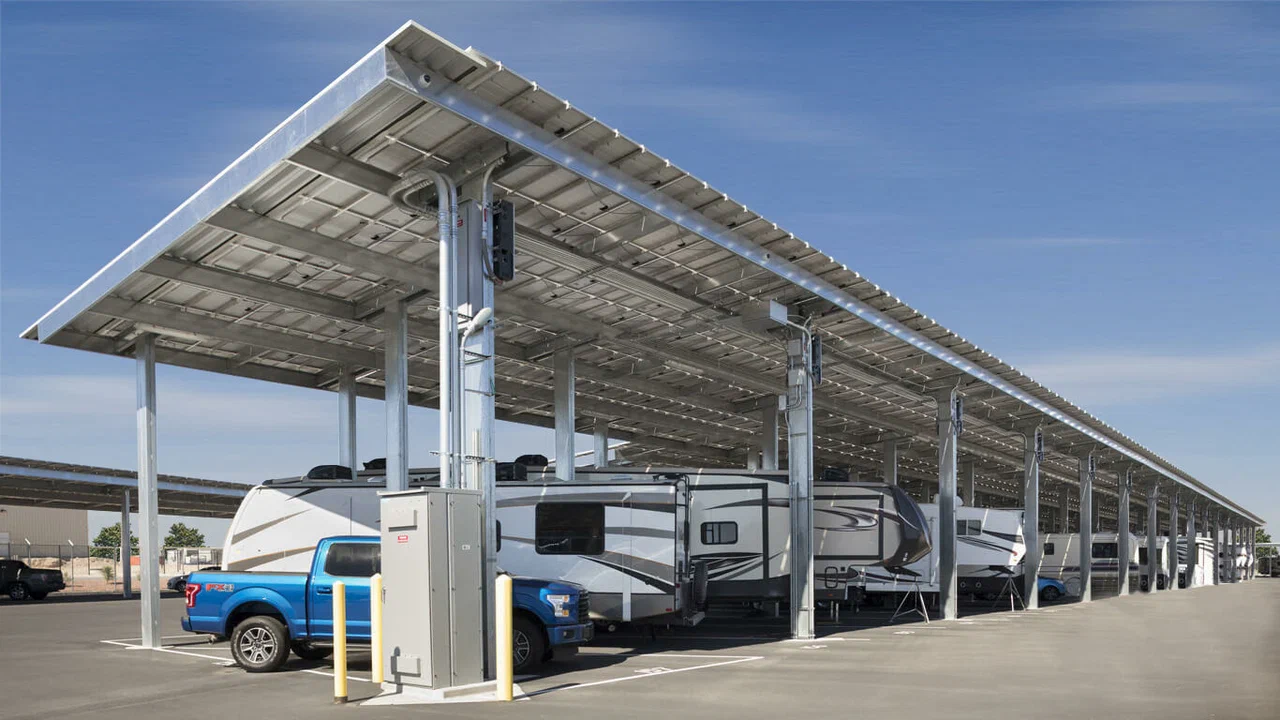If you’re getting ready for a long trip abroad or a big move across the country, you can’t leave your car outside for too long without protection. Storing your car for a long time is a good way to keep it in good shape, even if you won’t be using it for a while.
We understand that storing a car long-term can seem tricky if you’ve never done it before, but Lake Ray Roberts RV Boat is here to help. We offer affoardable vehicle storage services. Furthermore, In this guide, we’ll talk about different storage options, give you tips on choosing the right storage facility, and answer all your questions about car storage.
Why do your car need a proper storage?
Proper vehicle storage is important for several reasons. First, it protects your car from environmental damage like harsh weather, sun exposure, and moisture, which can cause rust, paint fading, and other long-term issues. Second, secure storage helps prevent theft and vandalism, giving you peace of mind when you’re away. Finally, storing your vehicle properly ensures it stays in good condition, especially during long periods of inactivity. This helps avoid issues like a dead battery, tire damage, or engine problems, so your car is ready to go when you need it again.
When to Store A Vehicle?
People often store their cars for several reasons, with seasonal storage being one of the most common. Owners of classic or high-value cars typically use climate-controlled storage to protect their vehicles from harsh winters or summers. For instance, if you live in snowy areas like Denton County Texas, storing your car during winter shields it from snow, ice, and road salt.
Traveling or relocating is another reason to consider long-term storage. Instead of leaving your car outdoors, storage keeps it safe and in good condition. Even if you just have an extra vehicle taking up space, storage is a great option.
How to Decide the Right Location?
Proper insulation from the cold is important, especially in some regions where freezing temperatures can harm cars, particularly electric or hybrid models. Ensure your garage or storage space has insulated walls and a roof for protection.
For damp protection, concrete floors can let moisture rise, which may cause rust. You can safeguard your car by adding a damp-resistant layer to the floor.
Rain and condensation can lead to rust, so storing your car indoors with a leak-proof roof is essential.
For theft protection, secure your garage with locks, window grills, and even a car tracker for extra safety.
How to Prepare your Car For Storage?
Follow these tips to store your care.
Change the Oil
If you’re storing your car for more than 30 days, consider getting an oil change. Ford recommends this because used engine oil contains contaminants that could harm the engine over time.
Keep It Charged
A car battery will lose its charge if left alone for too long. Ideally, have someone start the car and drive it every two weeks for about 15 minutes. This keeps the battery charged and lubricates the engine. Running the air conditioner helps maintain the system, too.
If that’s not possible, either disconnect the negative battery cable (though you’ll lose your radio and clock settings) or use a battery tender (trickle charger) to maintain the battery’s charge.
Top Off the Tank
Before storing your car for over 30 days, fill the gas tank to prevent moisture buildup and keep the seals from drying out. Adding a fuel stabilizer, like Sta-bil, will help prevent ethanol buildup and keep the gas from deteriorating for up to 12 months.
Prevent Flat Spots
Ensure your tires are properly inflated. If a car sits too long, the tires may develop flat spots from the weight. This happens faster in cold weather and with performance tires. Having someone drive the car can help, but for long-term storage, consider using jack stands to lift the car and relieve tire pressure.
Don’t Use the Parking Brake
Avoid using the parking brake while the car is in storage. If the brake pads stay in contact with the rotors for too long, they can fuse together. Use tire stoppers, or chocks, to prevent the car from rolling instead.
Maintain Insurance
Don’t cancel your car insurance while it’s in storage. Canceling it may save money initially, but you could face higher premiums later due to a coverage gap. Contact your insurance provider to discuss your options for stored vehicle
Keep Critters Out
A garage may attract rodents, so seal any gaps they could enter, like the exhaust pipe or air intake, with steel wool. Use mothballs or peppermint oil around the car to repel critters. You can also set up mousetraps or poison but make sure someone checks for any unwanted surprises regularly.
Conclusion
Storing your car long-term is easy if you follow the right steps. Now, you know how to prepare and remove your car from storage with a simple process. Start by cleaning it, protect it properly, and then proceed with storing.
However, do not just leave your car in storage without maintenance. Regular checks are needed to keep it in good shape. Pay special attention to the tires, battery, and rust to avoid costly repairs later.
That’s all you need to store your car. We’d love to hear your thoughts! If we missed anything, let us know in the comments.




